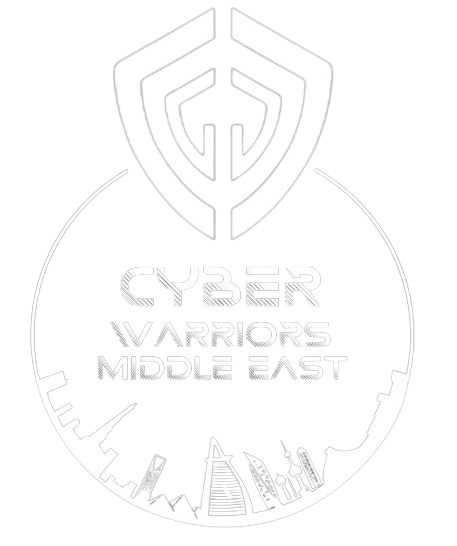Inconsistent Coverage of MITRE ATT&CK Framework by Cybersecurity Tools: Research Findings Presented at ATT&CKcon
In a groundbreaking revelation at the fifth MITRE ATT&CKcon conference in McLean, Virginia, researchers unveiled the stark reality of cybersecurity tools: they are inconsistent and incomplete in their coverage of the MITRE ATT&CK framework. This framework serves as a crucial guide for detecting and investigating cyberattacks, yet the tools designed to implement it fall short.
Led by Apurva Virkud, a PhD student at the University of Illinois Urbana-Champaign, the researchers focused on endpoint security and security information and event management (SIEM) tools. Their analysis of popular tools like Carbon Black, Splunk, Elastic, and the Sigma open source tool revealed a glaring gap in coverage. These tools only address about half of the ATT&CK framework’s techniques, with lower-risk detections further watering down their effectiveness.
Moreover, the research highlighted a disturbing trend: even when attempting to detect the same threat, these tools do not align on the appropriate ATT&CK technique. This inconsistency raises serious concerns about the reliability and accuracy of cybersecurity tools in combatting cyber threats.
Virkud emphasized that while vendors often boast about their ATT&CK coverage, it is a superficial metric that lacks meaningful impact. The researchers recommended ongoing guidance and education from MITRE, as well as a call for caution and nuance among vendors and practitioners in utilizing cybersecurity tools effectively.
The findings underscore the urgent need for a reevaluation and refinement of existing cybersecurity tools to align with the rigorous standards set by the MITRE ATT&CK framework. Failure to address these inconsistencies could leave organizations vulnerable to sophisticated cyber threats in the future.



